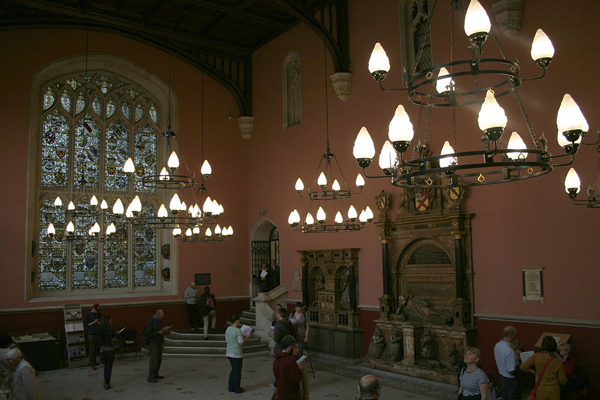The neo-Gothic former Public Record Office (now the Maughan Library of King’s College) in Chancery Lane is adorned with statues of several kings and queens including two kings – King Edward III and King Henry III – as well as four queens.

The queens, which can be found at the top of the tower over the main entrance, include three who are represented with more famous statues elsewhere – Queen Elizabeth I (on the facade of St Dunstan-in-the West), Queen Anne (outside of St Paul’s Cathedral) and Queen Victoria (outside Buckingham Palace among others).
But one of those statues – that of the Empress Matilda – is something of an outlier – unlike the others, the Empress Matilda, while she claimed the title of Queen of England, was never actually crowned (her attempt to be crowned at Westminster failed when opposed by the London mob which supported her opponent, King Stephen).
Instead, Matilda (sometimes known as Maud) claimed the title ‘Lady of the English’ and while she was eventually driven out of England to Normandy where she died, her eldest son did take the crown in 1154 as King Henry II.
The statue, which stands on top of the east side of the tower (and is quite difficult to spot), stands 2.4 metres high and was made of Portland stone to adorn the 1850s, now Grade II* listed building (the gatehouse leading to Chancery Lane – which features the two kings – was an extension in the 1890s). It is said to be the work of sculptor Joseph Durham.
What’s a little puzzling is why the Empress was included as one of the four, particularly given other English queens and monarchs – Queen Mary I and II – were not.


